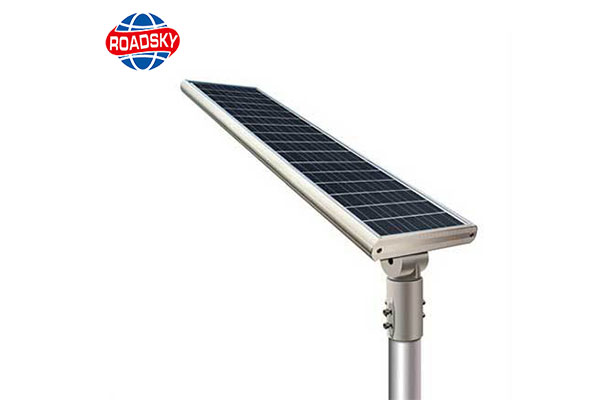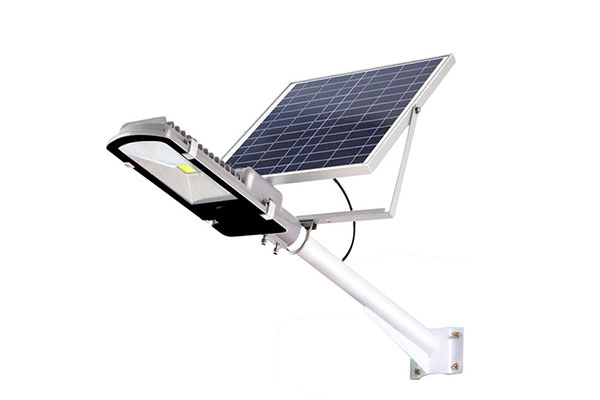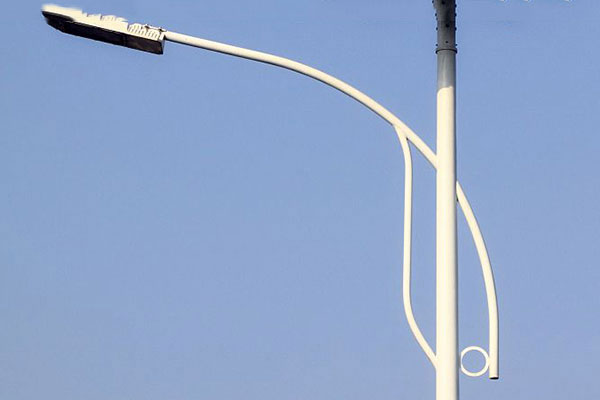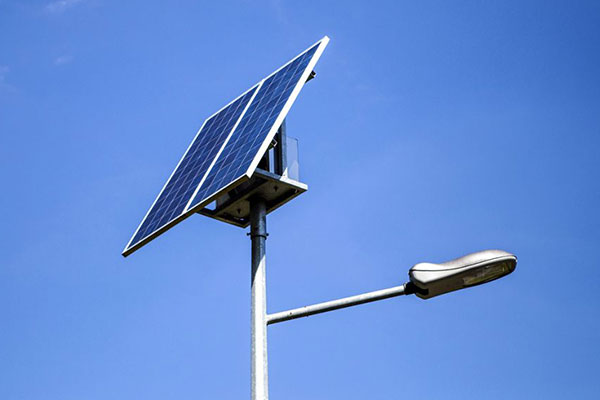Integrated vs. Semi-Integrated Solar Street Lights: Difference
In the evolving landscape of renewable energy, solar street lights have emerged as a sustainable and cost-effective solution for outdoor lighting. As cities and municipalities seek to reduce energy consumption and carbon footprints, understanding the nuances of solar street lighting technology becomes crucial. Two popular types of solar street lights are integrated and semi-integrated solar street lights. This article will delve into the differences between these two systems, highlighting their features, advantages, and ideal applications.

Understanding Integrated Solar Street Lights
Definition and Components
Integrated solar street lights, as the name suggests, combine all necessary components into a single unit. This includes the solar panel, LED light, battery, and controller. These components are housed together in one compact design, which is typically mounted on a pole.
Key Features
- All-in-One Design: Integrated solar street lights feature a streamlined design where all components are integrated into one unit, making installation straightforward and maintenance minimal.
- Compact and Lightweight: The all-in-one design reduces the overall weight and size, making transportation and installation easier.
- High Efficiency: These lights often come with high-efficiency solar panels and advanced batteries, providing reliable performance.
- Ease of Installation: With fewer components to assemble, integrated solar street lights are quicker and easier to install, requiring minimal wiring and setup.
Advantages
- Reduced Installation Costs: The simplicity of installation leads to lower labor costs.
- Low Maintenance: With fewer exposed parts, integrated lights are less prone to weather-related damage and require less maintenance.
- Aesthetic Appeal: Their sleek design is visually appealing and can blend seamlessly into various urban and rural settings.
Applications
Integrated solar street lights are suitable for residential areas, parks, pathways, and smaller roads where high-intensity lighting is not a primary requirement. Their compact design makes them ideal for areas where aesthetic considerations are important.

Understanding Semi-Integrated Solar Street Lights
Definition and Components
Semi-integrated solar street lights, also known as split solar street lights, feature a more traditional design where the main components – the solar panel, LED light, battery, and controller – are separate units. These components are connected by wires and typically mounted on a pole but remain distinctly separate.
Key Features
- Modular Design: Unlike integrated lights, semi-integrated lights have separate components that can be independently replaced or upgraded.
- Flexibility in Installation: The separate components allow for more flexible installation options, accommodating different lighting needs and pole designs.
- Higher Power Capacity: These lights can support larger solar panels and batteries, making them suitable for high-power applications.
Advantages
- Customization: The modular nature allows for customization based on specific lighting requirements and site conditions.
- Enhanced Performance: With the ability to install larger solar panels and batteries, semi-integrated lights can provide higher illumination and longer operational hours.
- Easier Upgrades: Individual components can be upgraded or replaced without altering the entire system, offering longer service life and adaptability to technological advancements.
Applications
Semi-integrated solar street lights are well-suited for highways, main roads, industrial complexes, and large public spaces where powerful and long-lasting lighting is essential. Their modular design also makes them ideal for locations that may require future upgrades or changes in lighting configurations.

Key Differences Between Integrated and Semi-Integrated Solar Street Lights
Design and Structure:
- Integrated: All components are housed in a single unit.
- Semi-Integrated: The solar panel is separate, while the light fixture, battery, and controller are combined.
Installation:
- Integrated: Easier and quicker to install due to fewer parts.
- Semi-Integrated: May require more effort for optimal panel positioning and connection.
Maintenance:
- Integrated: Lower maintenance due to enclosed design.
- Semi-Integrated: Might require more maintenance due to exposed components.
Efficiency and Flexibility:
- Integrated: Higher efficiency due to the proximity of components.
- Semi-Integrated: Greater flexibility in panel positioning can enhance energy capture efficiency.
Cost:
- Integrated: Generally higher initial cost due to the all-in-one design.
- Semi-Integrated: Potentially lower initial cost and easier to scale or upgrade.

Choosing the Right Option for Your Needs
The choice between integrated and semi-integrated solar street lights depends on several factors, including location, budget, and specific lighting requirements. Integrated solar street lights are ideal for areas needing quick and hassle-free installation, low maintenance, and a sleek design. They are perfect for urban settings, residential areas, and places where aesthetics and space-saving are crucial.
On the other hand, semi-integrated solar street lights are better suited for locations with varying sunlight conditions, larger installations, and where customization and scalability are essential. They offer the flexibility to optimize solar panel placement and cater to specific needs, making them suitable for industrial areas, highways, and large campuses.
Conclusion
Understanding the differences between integrated and semi-integrated solar street lights is crucial for making an informed decision. Both types offer unique benefits and can significantly contribute to sustainable and cost-effective outdoor lighting solutions. Assessing your specific needs, environmental conditions, and budget will help you choose the right type of solar street light, ensuring efficient and reliable performance for years to come.

